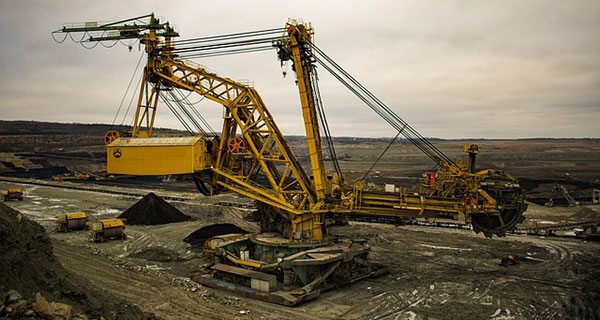By Kenneth Green
and Ashley Stedman
The Fraser Institute
Ontario has received some good news from mining investors.
Those investors now see the province as one of the top 10 most attractive regions for mining investment worldwide, according to the Fraser Institute’s annual survey of mining companies.
Every year, the institute surveys miners around the world to determine which jurisdictions are attractive – or unattractive – for investment, based on policies and geology. The survey spotlights policies (taxes, duplicative regulations, availability of labour and skills, etc.) that govern the mining industry and impact the investment attractiveness of jurisdictions.
This year, Ontario sits seventh in the world rankings, up from 18th last year.
What’s behind Ontario’s rise?
Less uncertainty around disputed land claims and protected areas.
In August 2017, the first month of data collection for this year’s survey, the Ontario government announced that construction of a series of all-weather roads linking northern communities with the province’s highway system will begin in 2019. The roads will also link to a mine site proposed by Noront Resources Ltd. to develop nickel, copper and platinum deposits in the area.
Moreover, after years of delay and negotiations with First Nations, the Ontario government recently took a strong position on developing the Ring of Fire, a planned chromite mining and smelting project in the James Bay Lowlands. It says it’s prepared to “strike bilateral deals with individual communities” to get the infrastructure built. The province later revealed agreements with three First Nations that agreed to the construction of two roads.
The roads are welcome news for Ontario’s mining industry, which will benefit from greater access to remote parts of the province.
While Ontario joins Saskatchewan (second) and Quebec (sixth) in the global top 10 for mining investment attractiveness, its western neighbour, Manitoba, fell from second last year to 18th this year. Survey respondents expressed increased concern over political instability and taxation.
Clearly, heightened investor concerns in these areas may deter investment in Manitoba mining.
For example, Alto Ventures Ltd., an exploration and development company, recently pulled the plug on an exploration program at Oxford Lake in Manitoba. To explain its exit from the project, the company cited challenges in obtaining “clear and timely information” about the provincial government’s position on consultation and permitting matters. Alto Ventures also said it will refocus on projects in northwestern Ontario and Quebec.
The Alto Ventures experience in Manitoba provides a cautionary tale for other provincial governments, including Ontario and British Columbia. Capital is fluid and one province’s loss can be another’s gain. Mining investors will flock to jurisdictions that have attractive policies, and capital will follow, along with the ancillary benefits of jobs and tax revenue.
Policies and investor perceptions matter. Governments should adopt policies that attract and retain mining investment opportunities.
The Ontario government should focus on adopting clear and competitive policies that will continue to attract mining investment to a province in dire need of good news.
Kenneth Green and Ashley Stedman are the co-authors of the Fraser Institute’s 2017 Survey of Mining Companies.
The views, opinions and positions expressed by columnists and contributors are the author’s alone. They do not inherently or expressly reflect the views, opinions and/or positions of our publication.



